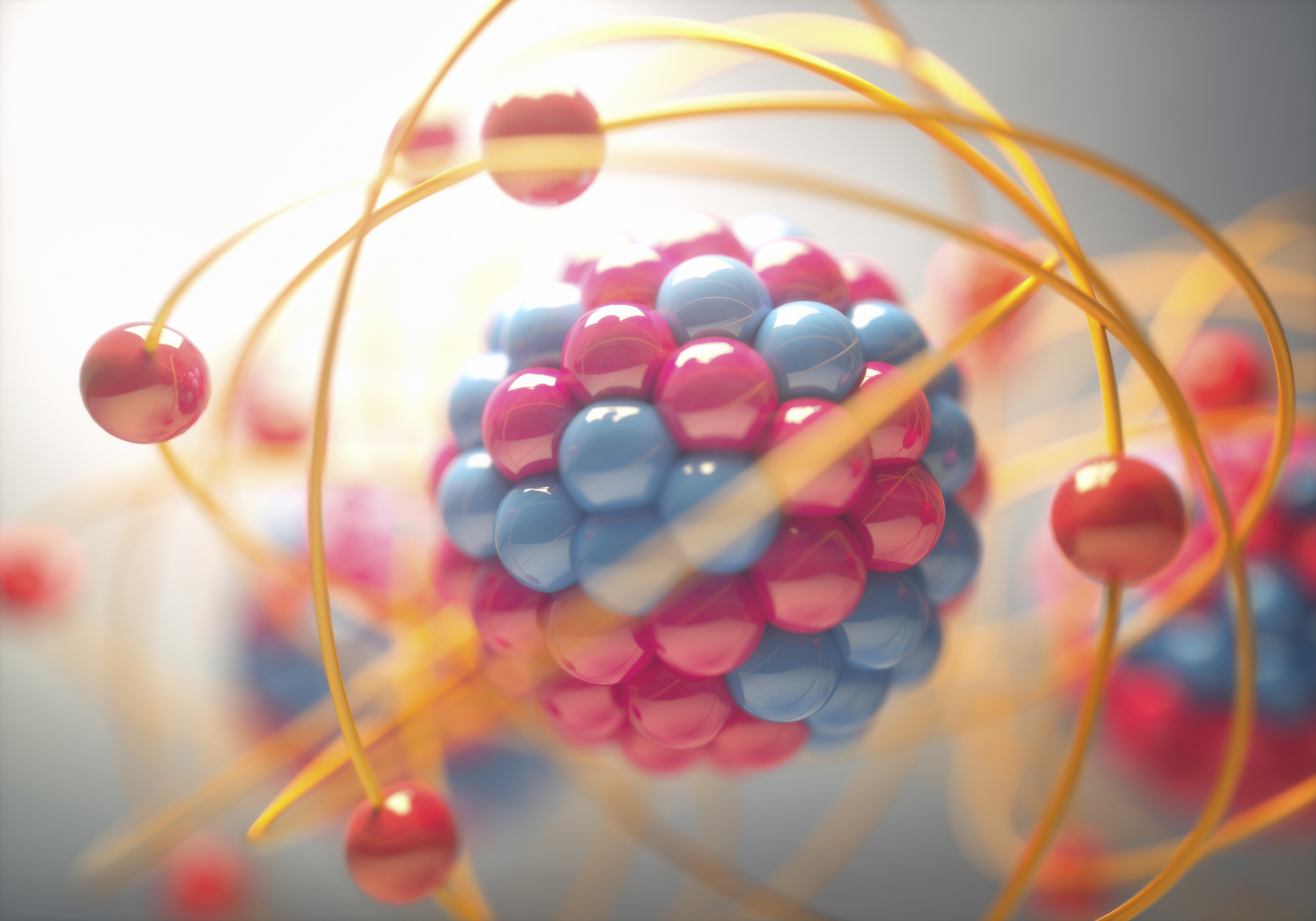Context
Microfabrication of atomic and optical components plays an increasingly important role in the development of quantum technologies and their application in fields such as sensing, timing and spectroscopy. Driven forward by advances in micro-electromechanical systems (MEMS), new techniques are now used for critical atomic and optical components at the heart of quantum technologies, including diffractive optics, atomic vapour cells and miniaturised ion traps. A range of other miniaturised technologies, such as hollow-core waveguides and integrated photonics, also add to the capabilities of emerging quantum devices. These components offer the potential to scale atomic quantum devices down to chip-scale packages, increasing the application range and facilitating their in-field deployment. Additionally, miniaturisation may also unlock physical regimes, such as thin media effects and atom–interface interactions, opening avenues for new research which cannot be accessed using larger conventional components.
In this question, we would like to consider the impact that miniaturisation of atomic and optical components can have on the capabilities of atomic quantum technologies. This question includes the impact miniaturisation has on sensor stability, longevity and scalability, while branching out to include specific cases where new physics and phenomena can be explored exclusively in a scaled down physics package.
How to contribute to this Question
If you believe you can contribute to answering this Question with your research outputs, find out how to submit in the Instructions for authors (https://www.cambridge.org/core/journals/research-directions-quantum-technologies/information/author-instructions/preparing-your-materials). This journal publishes Results, Analyses, Impact papers and additional content such as preprints and “grey literature”. Questions will be closed when the editors agree that enough has been published to answer the Question so before submitting, check if this is still an active Question. If it is closed, another relevant Question may be currently open, so do review all the open Questions in your field. For any further queries check the information pages (https://www.cambridge.org/core/journals/research-directions-quantum-technologies/information/about-this-journal) or contact this email (quantumtechnologies@cambridge.org).
Competing interests
The author(s) declare none.



